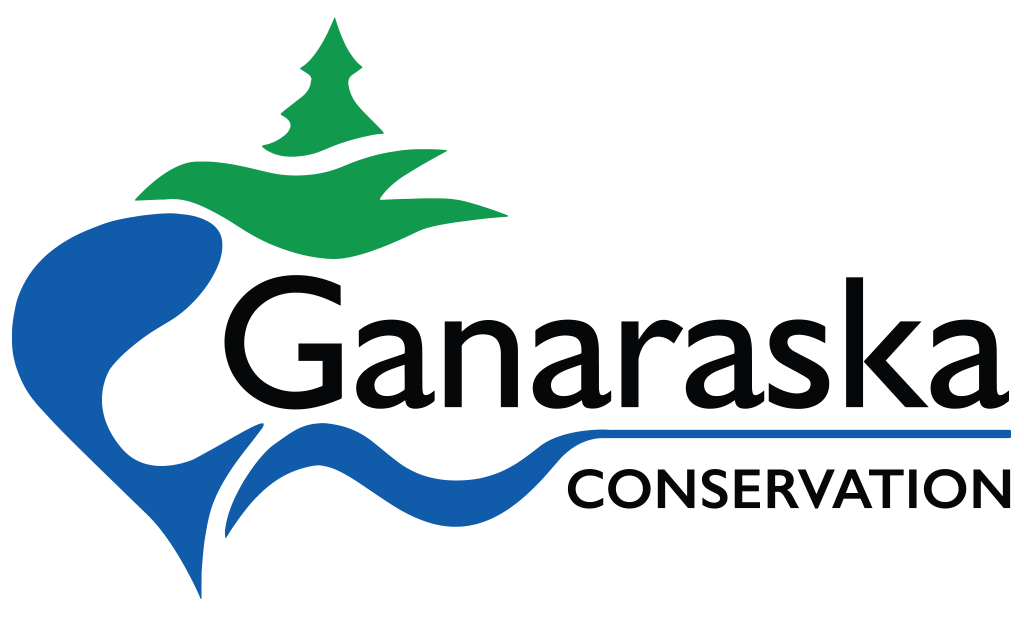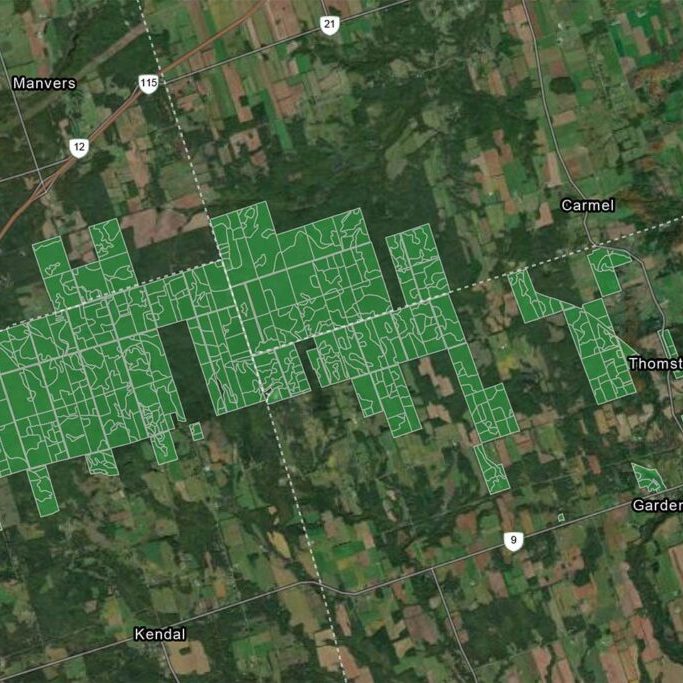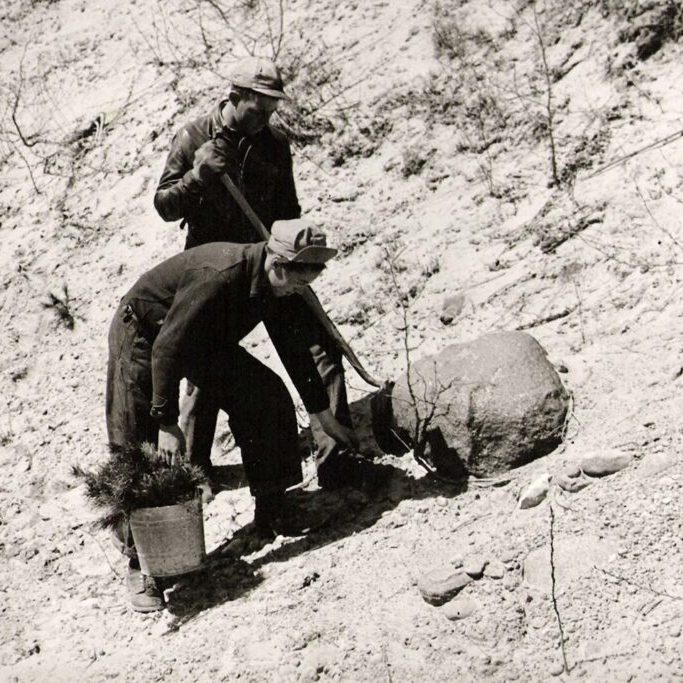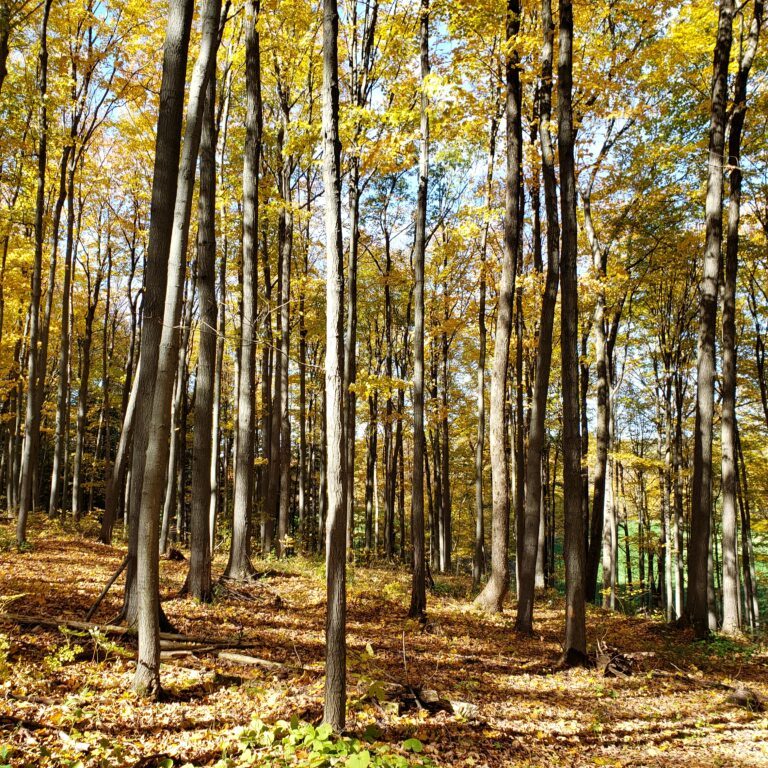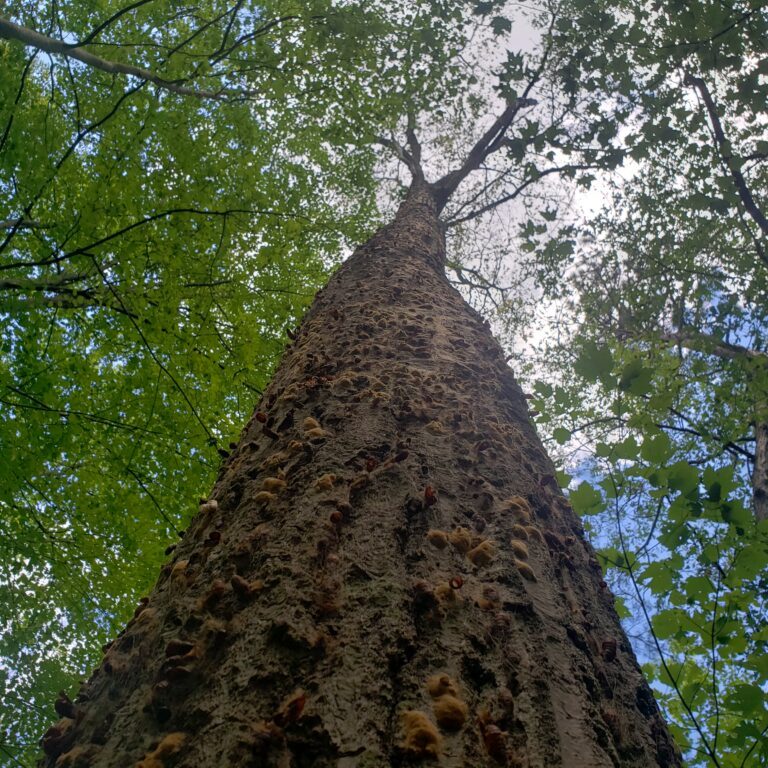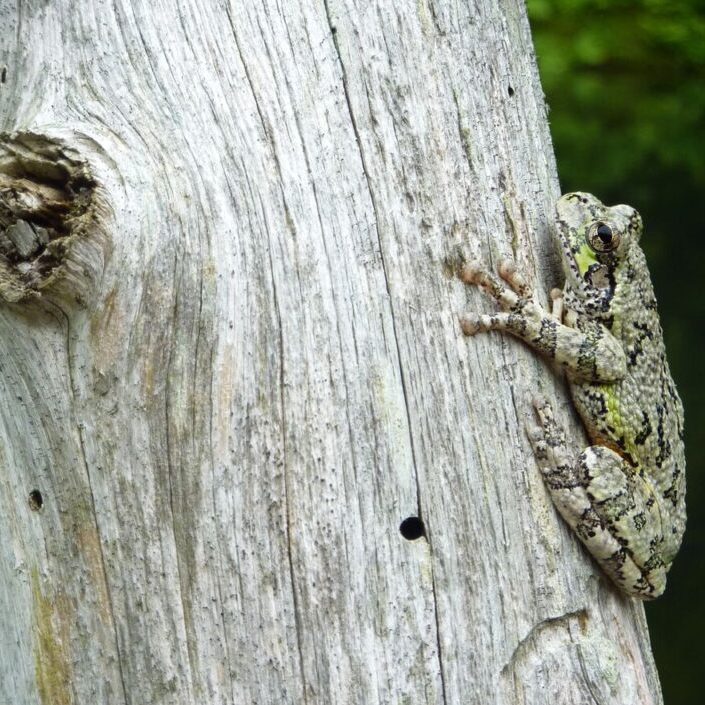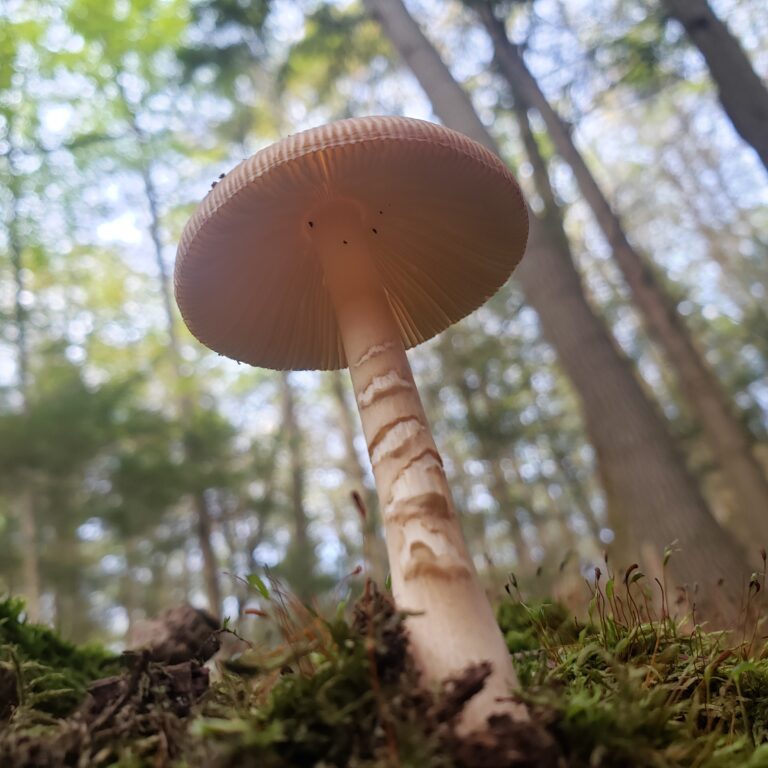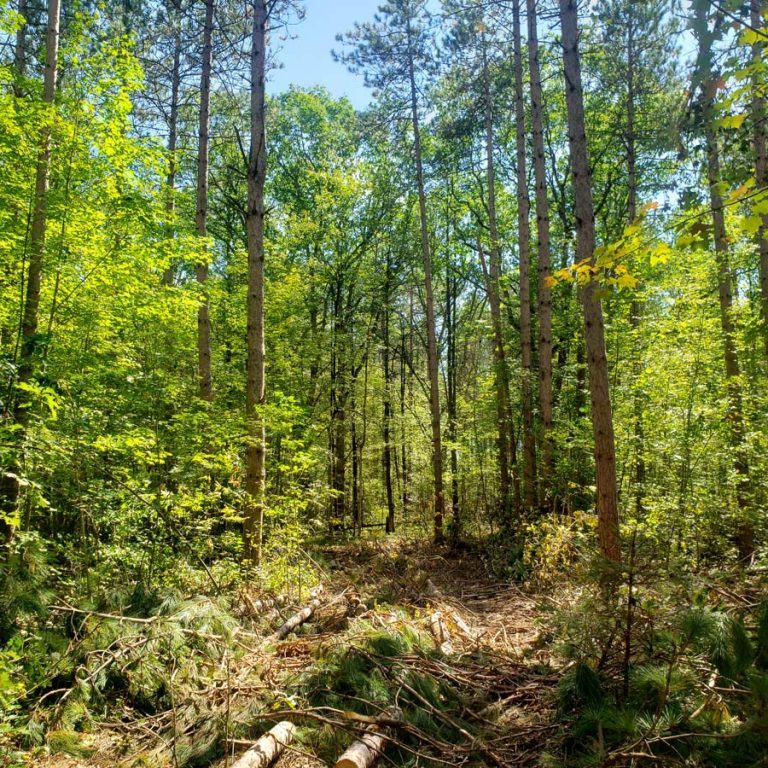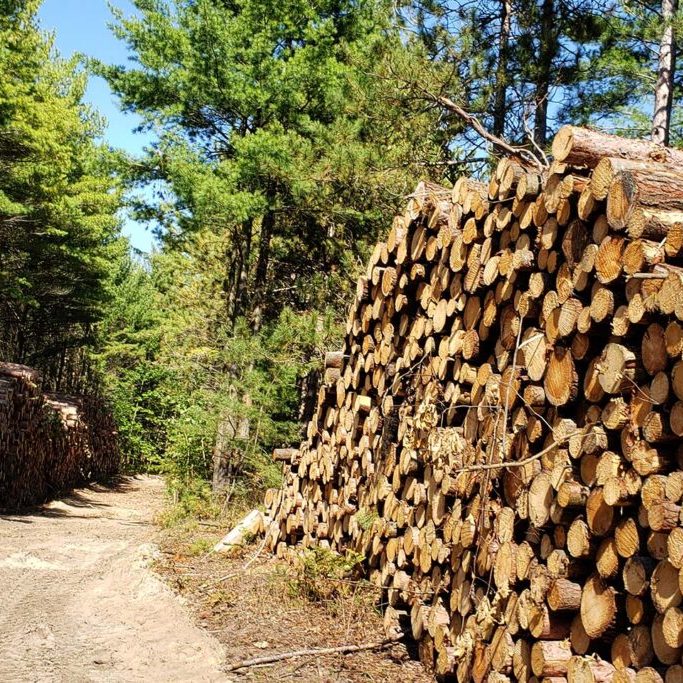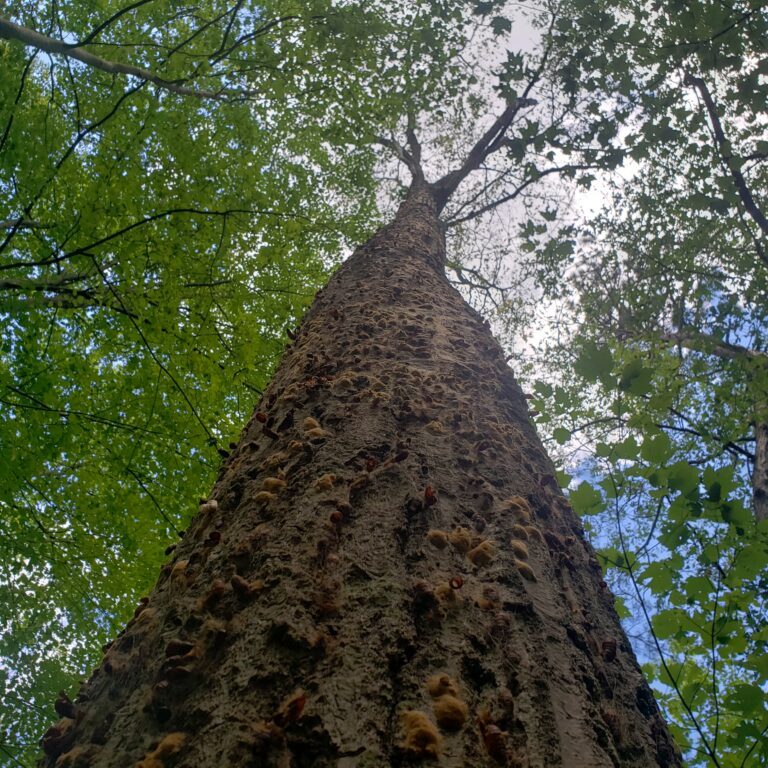
Managing an 11,000 acre, multi-use forest is certainly no easy task.
To facilitate management, the Ganaraska Forest is broken down into approximately 700 management units, called compartments. Each compartment is delineated based on the conditions of the forest in that area.
Although approaches vary from compartment to compartment, any management activity or strategy employed can be related back to the following overarching, long-term management objectives for the Ganaraska Forest that are listed below, guided by the Ganaraska Forest Management Plan, 2018–2038.
Protection of Water Resources
The Ganaraska Forest was established as a means to stabilize and protect the sensitive headwaters of the Ganaraska River.
The mature Forest of today offers valuable protection and improvement of the water resources that the residents of our watershed rely on. The Forest also provides valuable breeding habitat for local fish populations, while simultaneously regulating stream flow and flooding in the lower reaches of the watershed.
Environmental Protection
The Ganaraska Forest is found within the Oak Ridges Moraine; an environmentally sensitive geological landform created during the last Ice Age.
The Moraine plays a significant role in the ecological and hydrological health of our watershed. By protecting and maintaining the Ganaraska Forest on the landscape, these benefits can be protected in perpetuity.
Forest Health
Forests today face immense pressures from climate change, encroaching development, pollution, invasive species, native pests and pathogens.
All have the capacity to significantly deteriorate forests if left unchecked. The active management of the Ganaraska Forest promotes the growth and succession of a healthy, resilient forest that is well-equipped to deal with these challenges.
Wildlife
The Ganaraska Forest is a significant hub for wildlife on the landscape.
The mature, diverse forest offers a wide assortment of habitat, including core forest habitat which is difficult to come by across the fragmented forested landscape of southern Ontario. Species that can be found in the Ganaraska Forest include:
- Larger mammals including fishers, white-tailed deer, coyote, fox, beaver, porcupine, rabbits and even the occasional black bear.
- Small mammals including chipmunks, squirrels, and bats.
- Owls, hawks and other raptors.
- An array of migratory and resident birds, including woodpeckers, vireos, and warblers.
- Frogs, snakes, turtles, salamanders and other reptiles and amphibians.
- Countless spiders, moths, butterflies and other invertebrates, including monarch butterflies.
Diversity
Maintaining a high level of diversity is key to keeping a forest healthy.
Maintaining a high level of diversity is key to keeping a forest healthy. Levels of diversity that Ganaraska Forest staff manage for include:
- Species composition in the overstory and understory of stands.
- Average stand age.
- Stand type.
- Passive vs intensive management areas.
- Passive vs intensive recreational usage.
- Habitat values.
- Rare or uncommon species.
- Core vs fragmented forested areas.
In 2018, the Ganaraska Forest hosted the Northumberland BioBlitz to snapshot the diversity that the forest offers. Results of the BioBlitz.
Education
The Ganaraska Forest is living proof of how forward thinking can completely change a landscape for the better.
The Ganaraska Forest has been and will continue to serve as an educational tool that demonstrates the benefits of environmental restoration and good forest management practices.
To reap the most of the lessons the Forest provides, the GRCA hosts year-round educational programs (link to program) that utilize the Forest as a classroom.
Recreation
The Ganaraska Forest is an important recreational hub.
Located just over an hour from Toronto, recreational users travel from far and wide to see the wonders of the Ganaraska Forest. Recreational uses include:
- Hiking
- Cross country skiing
- Snow shoeing
- Horseback riding
- Mountain biking
- Dirt bike and off-road vehicle riding.
- Tree Top Trekking at the Ganaraska Forest Centre
Restoration
The Ganaraska Forest is in itself an enormous restoration project.
Red Pine plantations were planted in the 1940s to stabilize sensitive soils and to act as a nurse crop for native species. After many years of active management, these plantations have matured and young forests of White Pine, Oak and Maple have established.
Eventually, these plantations will give way completely to these young forests, thus completing the restoration process.
Timber
The Ganaraska Forest is a source of local, high-quality, sustainable wood products.
By following Good Forestry Practices and sound silvicultural strategies, timber harvests are utilized to achieve the long-term goals of restoring and maintaining native, healthy forest stands in the Ganaraska Forest. These interventions further improve the quality of timber resources in the Forest while supplying a sustainable revenue stream that supports the rest of the GRCA’s work in the watershed.
More information on the Role of Timber Harvesting in the Ganaraska Forest.
